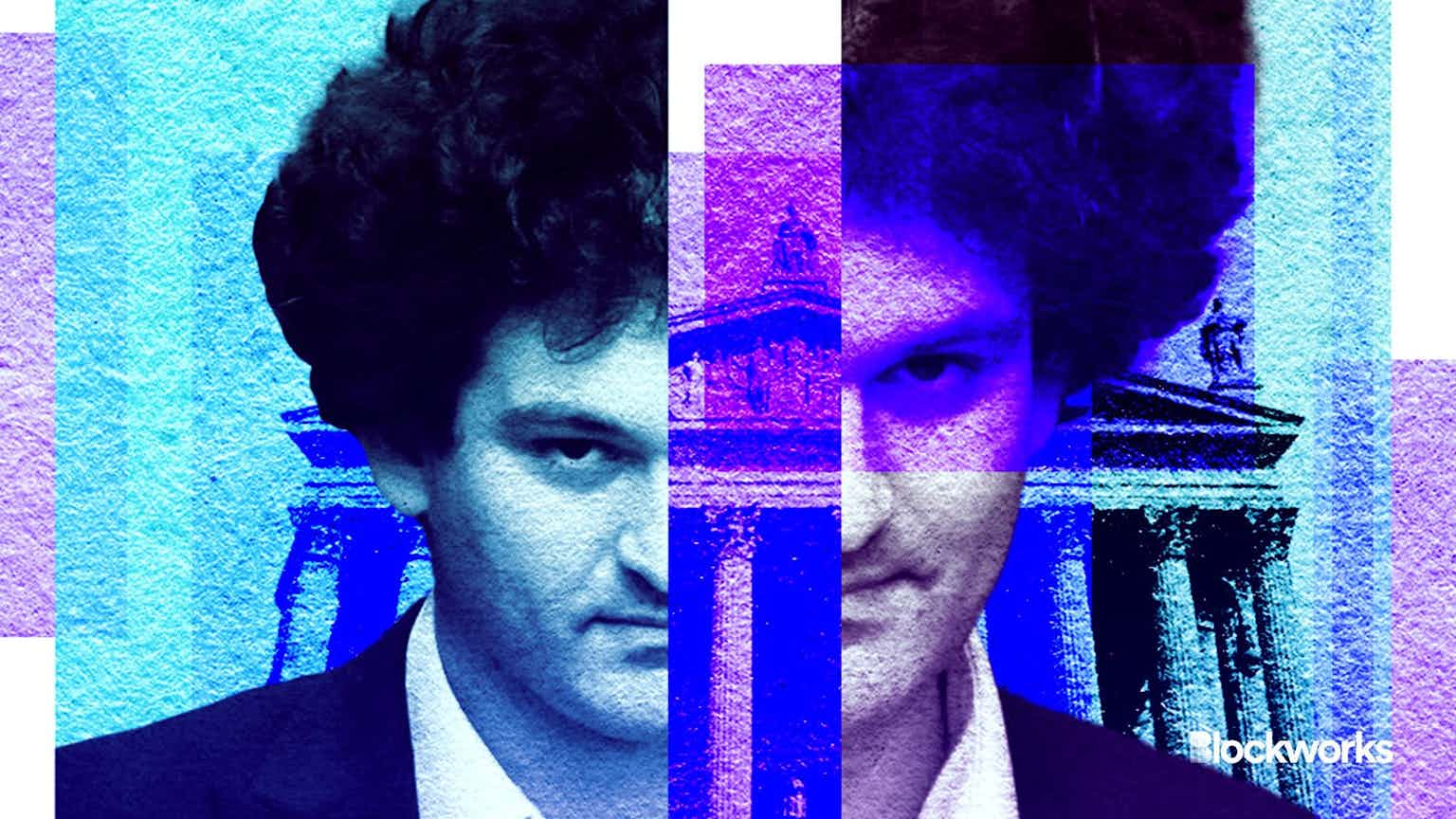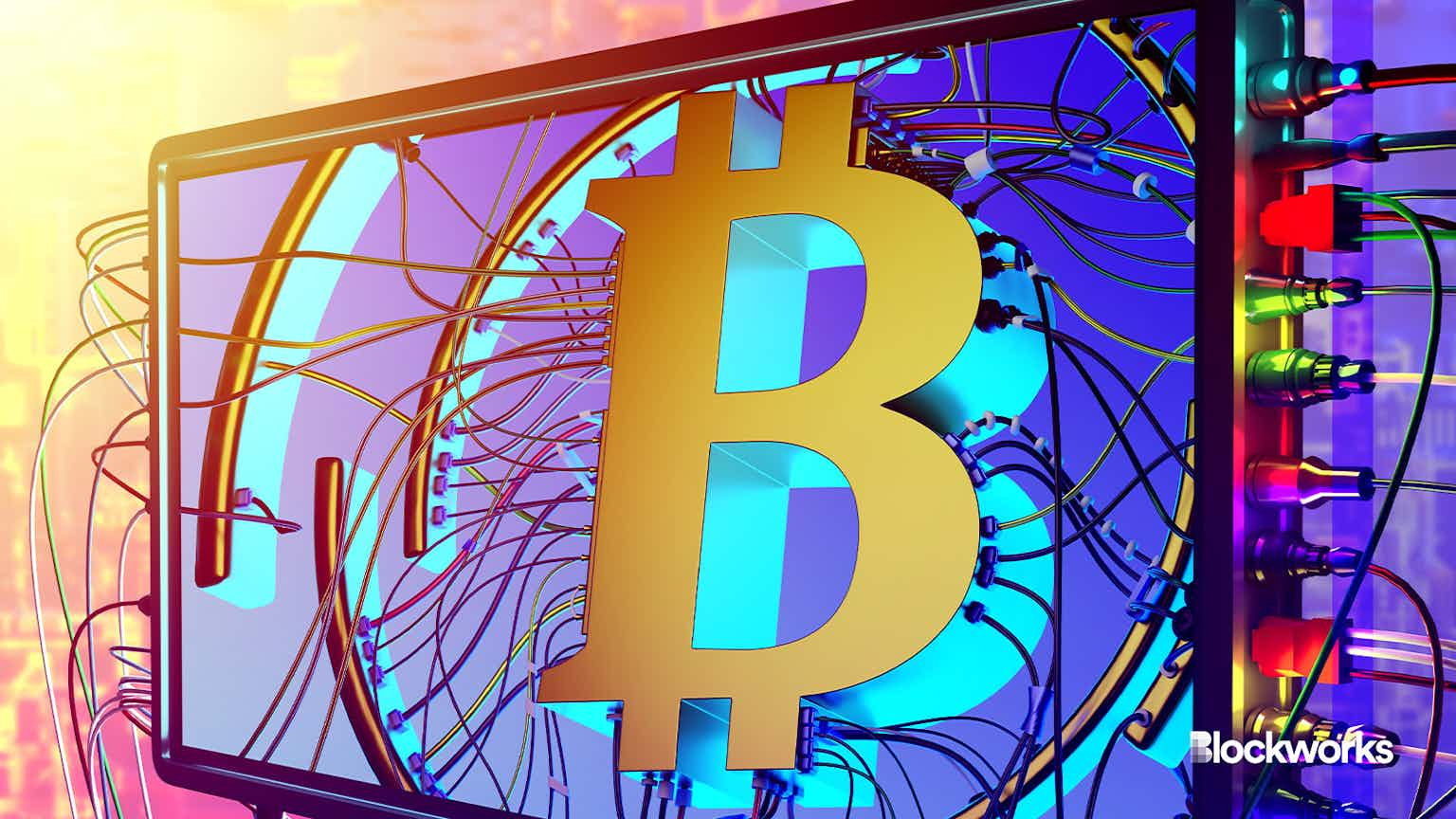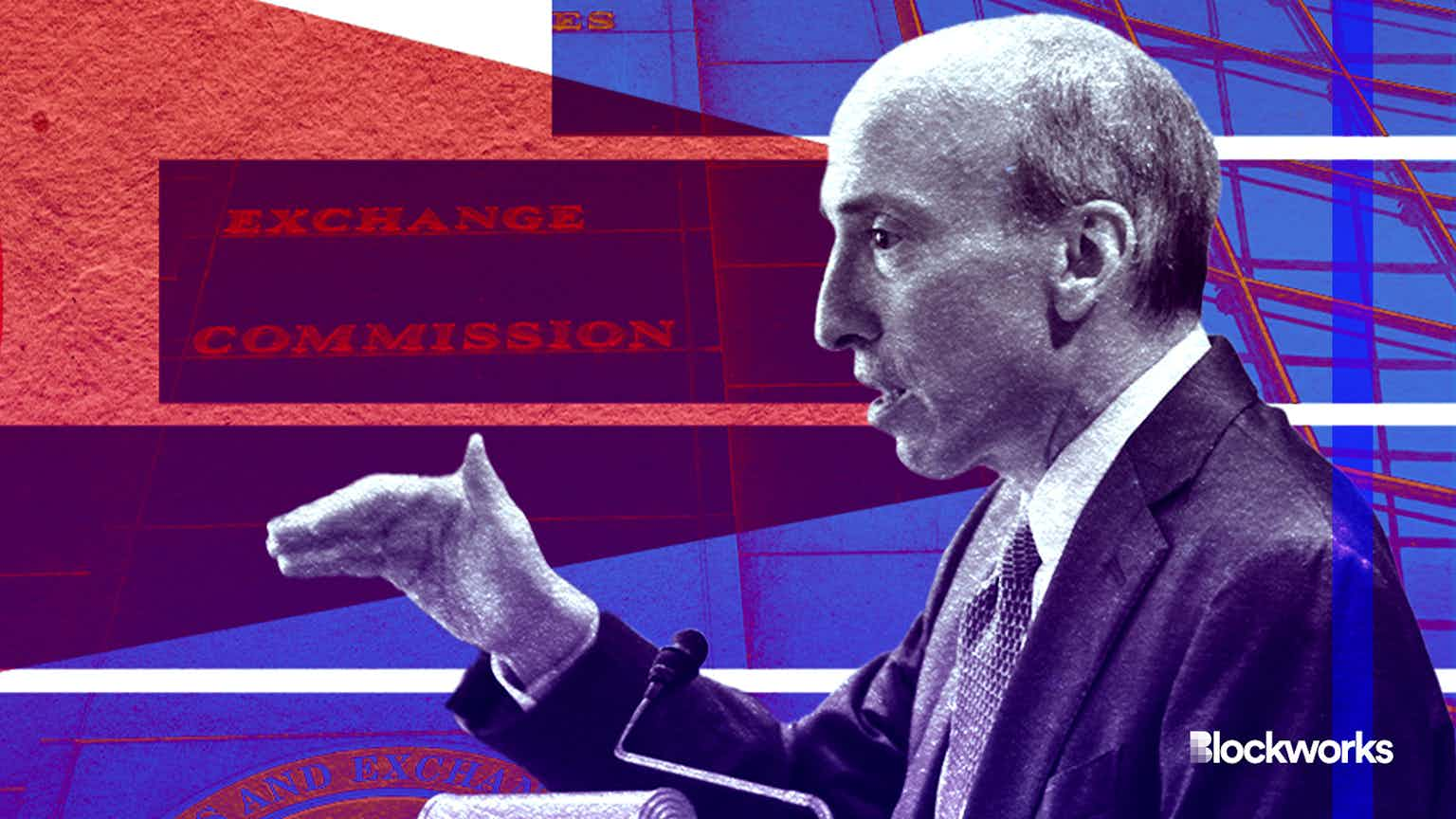Tether Stablecoin Dominance Hits Highest Point in 18 Months
USDT’s dominance is likely the result of headwinds faced by its rivals, USDC and BUSD, in recent weeks, analysts say

Source: Shutterstock / David Sandron, modified by Blockworks
Stablecoin tether (USDT) continues to dominate the market as traders and investors shun major rivals in favor of the world’s largest digital asset pegged to the US dollar.
A view of USDT’s market dominance shows the asset has been increasing steadily over the last 18 months, according to Blockworks Research data.
An analysis of stablecoin supply composition shows the asset is now at its highest point in terms of total market share since at least July 12, 2021 — at 56.4% having climbed 5.4% in the last 30 days.
The asset, which has repeatedly come under fire over the validity, quality and certainty of its reserves, nevertheless boasts the title of the world’s third-largest digital asset behind bitcoin (BTC) and ether (ETH).
USDT has a total market capitalization of roughly $73 billion, with its issuer Tether asserting its assets exceed its liabilities, according to the latest quarterly assurance report.
Its dominance comes as USDT’s closest rivals, USDC and BUSD, have sailed into significant headwinds in recent weeks.
Following revelations that USDC issuer Circle had around $3.3 billion held by troubled Silicon Valley Bank — constituting roughly 8% of its stablecoin reserves — USDC endured a weekend of instability.
A small portion of institutional investors may have been spooked by exposure risk for USDC and might be opting to keep their funds in the form of fiat USD or other stablecoins, Danny Chong, co-founder of DeFi platform Tranchess told Blockworks.
“Redemption and liquidity at Circle remain high, and it is likely that institutional investors are taking temporary action by diversifying,” he said.
US officials quickly intervened on Sunday, claiming they would fully protect all depositors of SVB and grant them access to their money.
By that time, USDC had been to war and back. The severe market reaction caused its value to fall to a low of $0.8726 on March 11 before recovering to $0.99 two days later. Stablecoins with reserve exposure to USDC also began immediately climbing back to parity.
Binance’s stablecoin, BUSD, on the other hand, has endured multiple actions from US regulators driving market participants to other fiat-backed alternatives and gifting USDT further demand.
Following the New York Department of Financial Services’ instruction to Paxos to stop producing new BUSD last month on top of a Wells Notice issued by the SEC, there are now observable signs of decay in its market cap.
The case for USDT and others
Data compiled by CryptoCompare shows trading volumes of USDC-USDT pairs across centralized exchanges over that period surged 828% to $6.1 billion as market participants sought to “flee USDC and migrate to a ‘safer’ stablecoin.”
Recent events have all but solidified Tether’s lead.
Even so, there remains wriggle room for USDT’s dominance to slip as other stablecoins rise to unseat the incumbents, according to Sylvia To, research lead at crypto exchange Bullish.
She told Blockworks Hong Kong could potentially benefit from the creation of a stablecoin denominated in the Hong Kong dollar (HKD), as it is pegged to the US dollar with a narrow price range of ±0.05.
The idea is that a HKD stablecoin would serve as a proxy to the US dollar, providing an alternative option for people who want to hold a stable digital asset that is denominated in HKD instead of USD.
This could potentially increase demand for the HKD stablecoin, especially among users in Hong Kong and other parts of Asia, To said.
Still, for an HKD stablecoin to be successful, the government would need to be supportive and allow for crypto-friendly banking rails, a point of contention and irony not lost on market observers.
Start your day with top crypto insights from David Canellis and Katherine Ross. Subscribe to the Empire newsletter.





